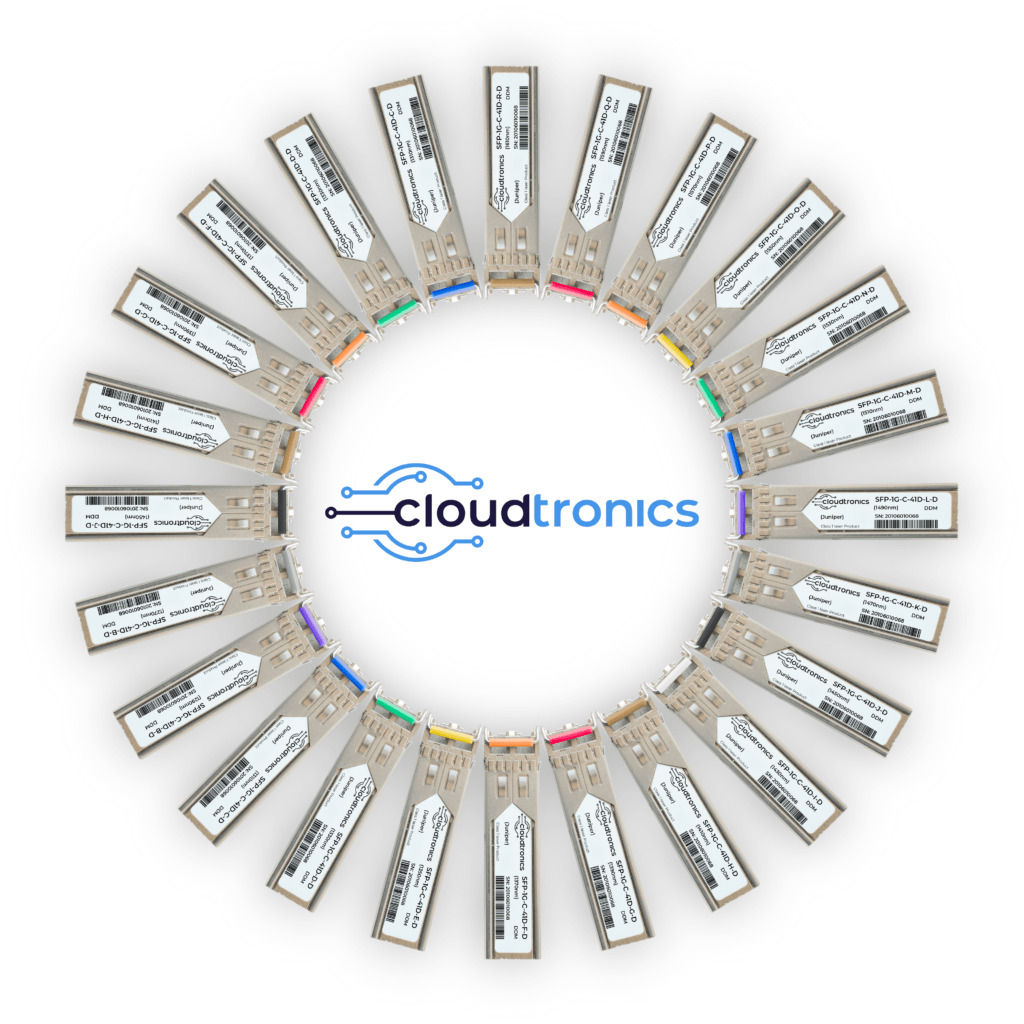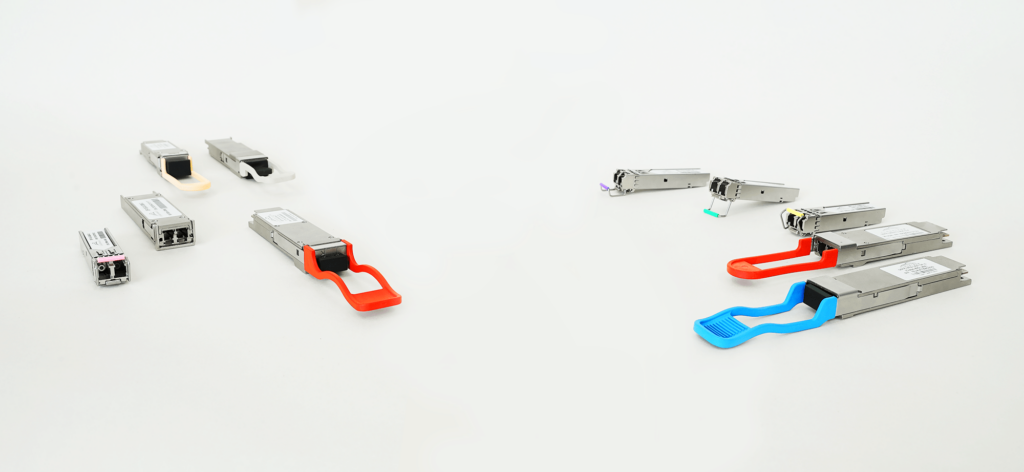
Did You Know?
Imagine downloading a full HD movie in seconds. Or having smooth video calls with no lag. Sounds amazing, right? This is possible because of optical link modules. These small devices help send data at lightning-fast speeds.
In this article, we’ll explain what optical link modules are, how they work, and why they matter. Let’s get started!
What is an Optical Link Module?
An optical link module is a device that changes electrical signals into light signals. It then sends them through fiber optic cables. These modules help transfer data quickly over long distances.
Simply put, they act like a super-fast bridge between devices.
How Does an Optical Link Module Work?
An optical module follows three simple steps:
- Signal Conversion – It changes an electrical signal into a light signal using a laser or LED.
- Transmission – The light signal travels through fiber optic cables at high speed.
- Reception and Conversion – The signal is converted back into an electrical signal at the other end.
This process allows faster and more reliable communication.
Types of Optical Link Modules
There are different types of optical modules:
- SFP (Small Form-Factor Pluggable) – Used in network devices like switches and routers.
- QSFP (Quad Small Form-Factor Pluggable) – Supports higher data speeds, great for data centers.
- CFP (C Form-Factor Pluggable) – Ideal for long-distance communication in telecom networks.
- XFP (10-Gigabit Small Form-Factor Pluggable) – Designed for 10Gbps networks.
Each type is chosen based on speed, distance, and use.
Why Are Optical Link Modules Important?
These modules are key to modern technology because:
- Fast Data Transfer – They support speeds up to 400Gbps, reducing delays.
- Long-Distance Use – Unlike copper cables, fiber optics work over long distances with no quality loss.
- Energy Efficient – They use less power, making them a better option for businesses.
- Secure and Reliable – Optical signals don’t suffer from interference or hacking risks.
Where Are Optical Link Modules Used?
You can find these modules in many industries, such as:
- Telecommunications – Powering fast internet and mobile networks.
- Data Centers – Handling massive amounts of data.
- Military & Aerospace – Ensuring secure communication.
- Medical Equipment – Used in high-tech imaging tools.
- Financial Services – Making real-time transactions safer and faster.
How to Choose the Right Optical Link Module?
When picking an optical module, think about:
- Speed – Choose a module that meets your data needs (e.g., 10Gbps, 40Gbps, or 100Gbps).
- Distance – Some modules work for short distances, others for hundreds of kilometers.
- Compatibility – Make sure it works with your network devices.
- Cost – High-speed modules cost more, so balance price and performance.
Final Thoughts
Optical link modules are shaping the future of data transfer. They make communication faster and more efficient. As technology improves, these modules will become even better.
If you work in networking or IT, choosing the right optical module can boost performance.
Got more questions about Optical Module ? Drop them in the comments!
Don’t miss the chance to own these advanced solutions. Visit our website or contact us to place your order today!
For more localized information, visit Cloudtronics for different regions:
- Australia: cloudtronics.com.au
- USA: cloudtronics.com
- India: cloudtronics.co.in
- Indonesia: cloudtronics.co.id
To order please visit: store.cloudtronics.com.au
Want to see how Optical Modules can improve your business? Schedule a demo today!
Frequently Asked Questions (FAQs)
- How is an optical link module different from traditional cables?
It uses light to send data, making it faster and better for long distances than copper cables.
- Can I use an optical link module at home?
Yes, but they are mainly used for business networks. Home fiber internet uses similar technology.
- How long do optical link modules last?
Most last 5–10 years, depending on use and environment.
- Are optical link modules expensive?
Prices vary. Basic modules are affordable, while high-speed ones for data centers cost more.
- Do optical link modules need maintenance?
Not much, but they should be kept clean and dust-free for the best performance.

